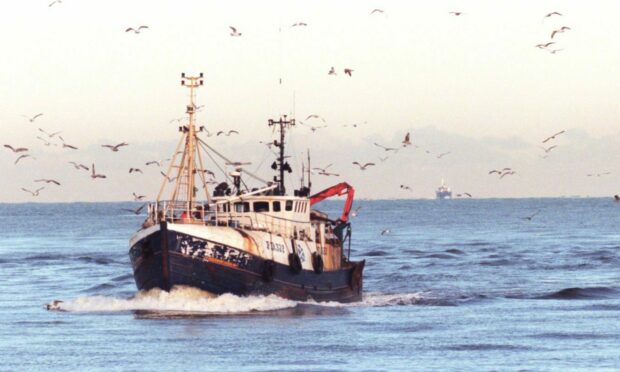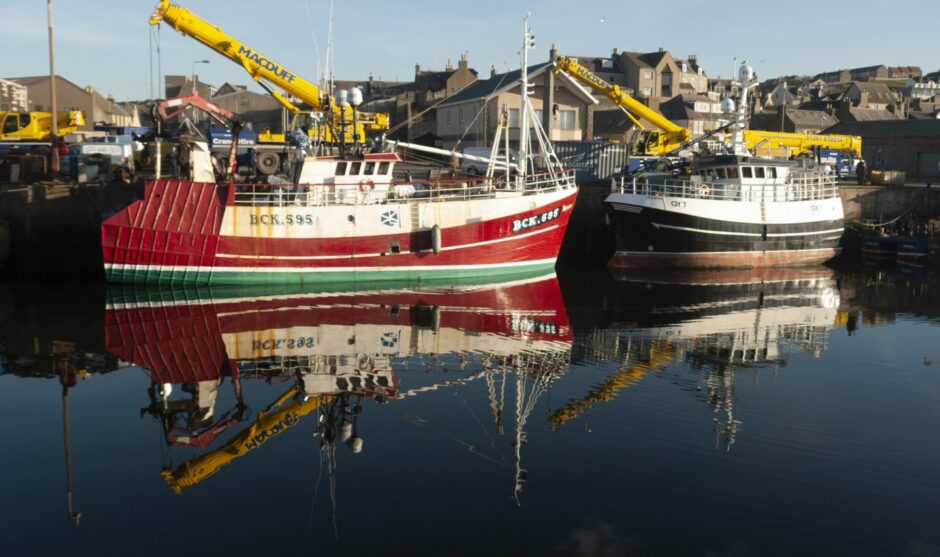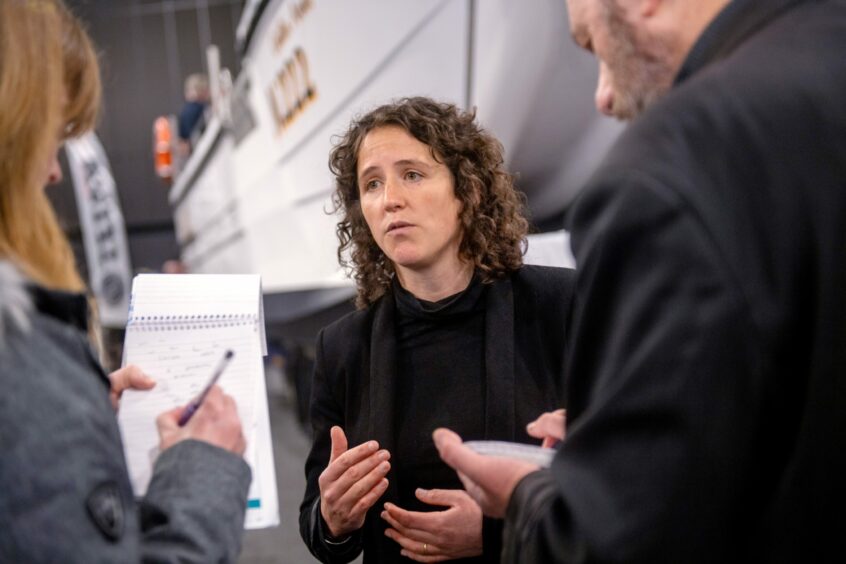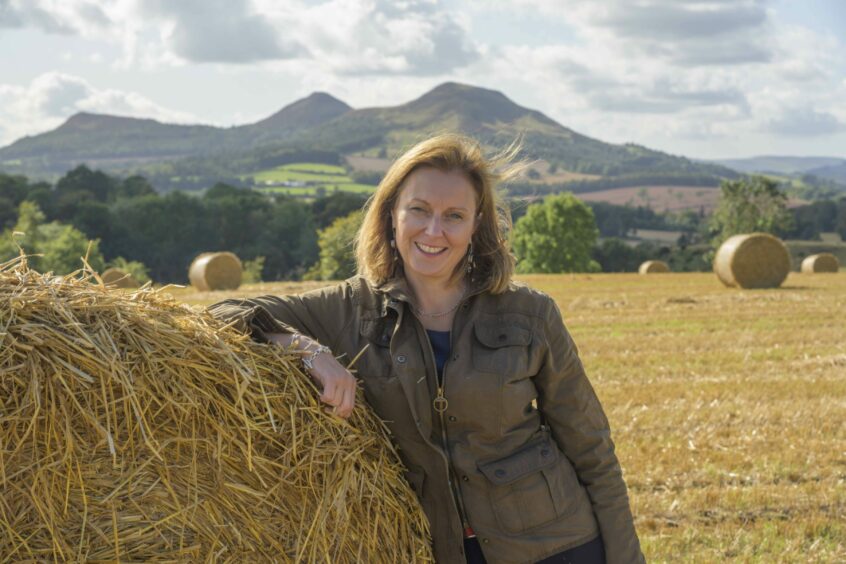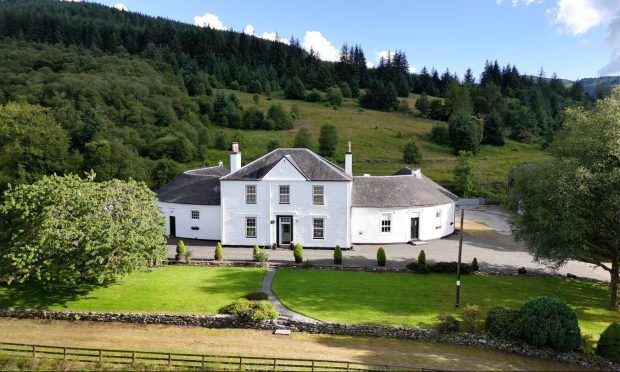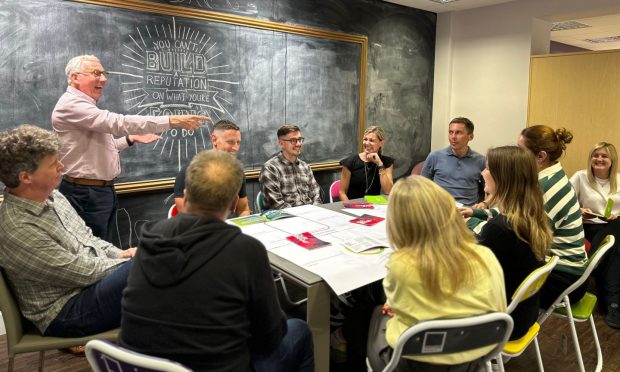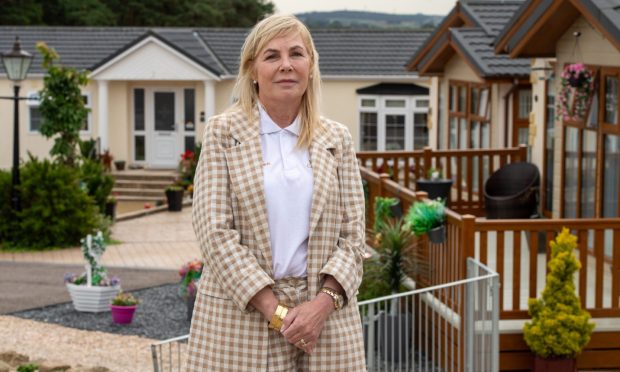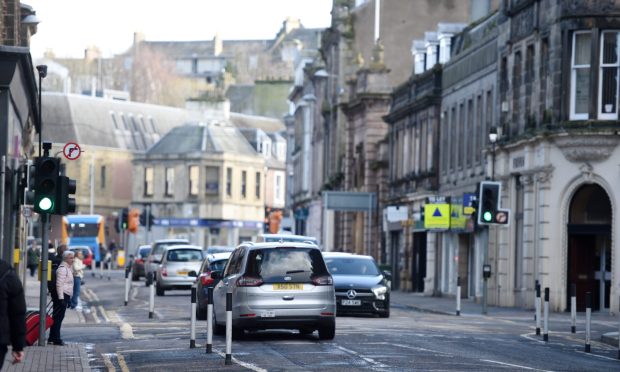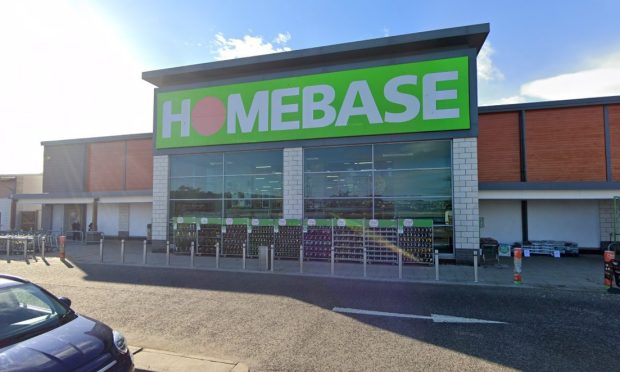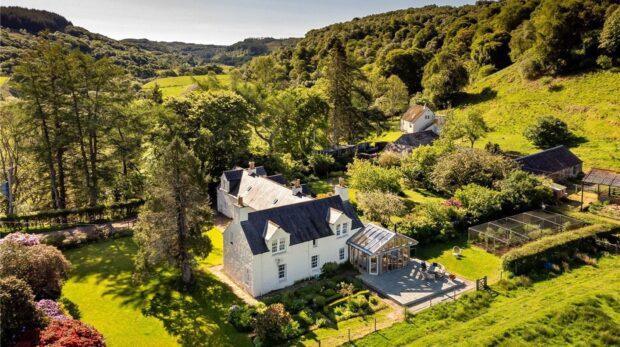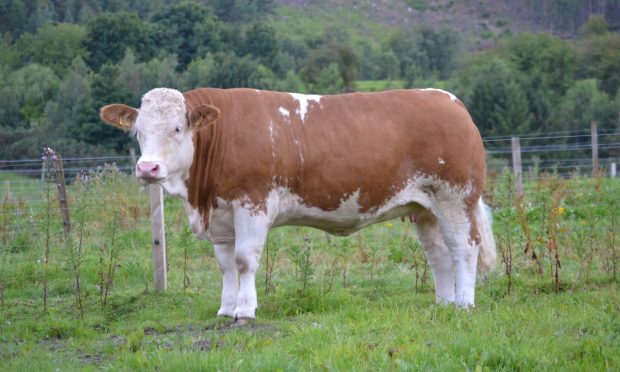Scottish ministers aim to “find a way forward” for marine protection after the failure of its controversial proposals to ban fishing in large swathes of the sea.
The much-maligned plan to create Highly Protected Marine Areas (HPMAs) was seemingly ditched in a spectacular U-turn by the Holyrood administration last month.
But subsequent comments from the Scottish Greens, suggesting the proposals have not been binned but will instead re-emerge in a different format, has created confusion.
Consultation on HPMA proposals prompted outcry from furious fishers
Meanwhile, a Freedom of Information request has shone a light on just how angry fishers were over the plans.
Two responses to a Scottish Government consultation jumped out, with one SNP voter saying they were “disgusted” and the proposals did not have Scotland’s interests at heart. Another suggested the HPMA plans were “dreamed up by people who had never experienced island life”.
What happens now?
HPMAs were a key plank of the Bute House Agreement, the power sharing deal between the SNP and Scottish Greens.
Asked to clarify next steps, a Scottish Government spokeswoman said: “While we remain firmly committed to the outcome of enhanced marine protection, the proposal as consulted on will not be progressed.
“A full response to the consultation and information on the next steps will be published after summer recess.”
The spokeswoman added the government remained “determined to protect our oceans in a way that is fair, and to find a way forward that ensures our seas remain a source of prosperity for the nation, especially in our remote, coastal and island communities”.
Consultation responses included one from a west coast prawn fisherman who wrote to Rural Affairs Secretary Mairi Gougeon to “express my disbelieve that the Scottish government are planning to turn 10% of Scotland’s inshore coast into HPMAs”.
He added: “I find the idea that I and many other fisherman could be left without a job… completely insane.
“Our type of fishing is sustainable and causes absolutely no damage to the environment, so why on earth should we be banned from our own fishing grounds?
“I have always voted SNP as I was under the impression they always had the interests of the Scottish people at heart, but that is certainly not the case in this instance, quite the opposite. I and many many others are absolutely disgusted… and will certainly never vote SNP again.”
Another west coast fisher, addressing the first minister from Islay, said: “I filled in the ‘consultation document’ on HPMA’s and, as I did so, became convinced it had been dreamed up by people who have never experienced island, or indeed coastal life.
“In bad moments I wonder if some of the conservationists actually want us all to go and live in cities in the central belt and only come to the coast for eco-tourism, which would inevitably be a pastime for the rich.
“However, a small proportion of Scotland’s population continues to live in remote areas and on islands. Much is made of the need to reverse the decline in these populations and to enable the communities to thrive.”
Island life under threat from ‘ill-thought-out’ legislation
He added: “We are already being threatened by having to put up with extreme weather events, pitiful transport connections, limited housing opportunities, reduced choices of fresh food, fewer educational opportunities and no access to the cheap wind-farm produced electricity which will be just off our coast.
“I am an active member of the SNP, and believe strongly that Scotland should
decide its own future and can become a much better, greener, and fairer country.
“Unfortunately I am becoming disillusioned by ill-thought-out legislation.”
Scottish Conservatives rural affairs spokeswoman Rachael Hamilton said: “This damning correspondence shows how even loyal SNP voters were completely appalled and alienated by the party’s reckless proposals on Highly Protected Marine Areas.
“This anger shows how it was completely wrong for SNP-Green ministers to fail to engage with those that would have been most affected.
“What is going to occur going forward is also still very much up in the air. While the SNP spin that these reckless plans have been consigned to history, Green MSPs are still talking them up.”
